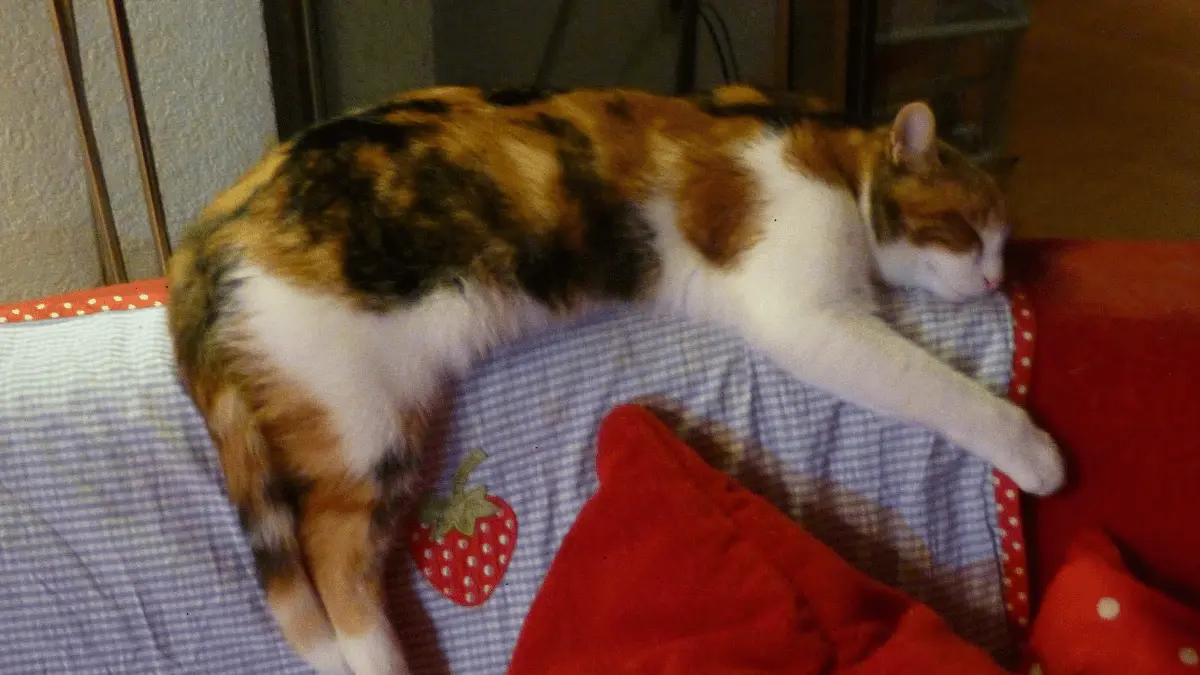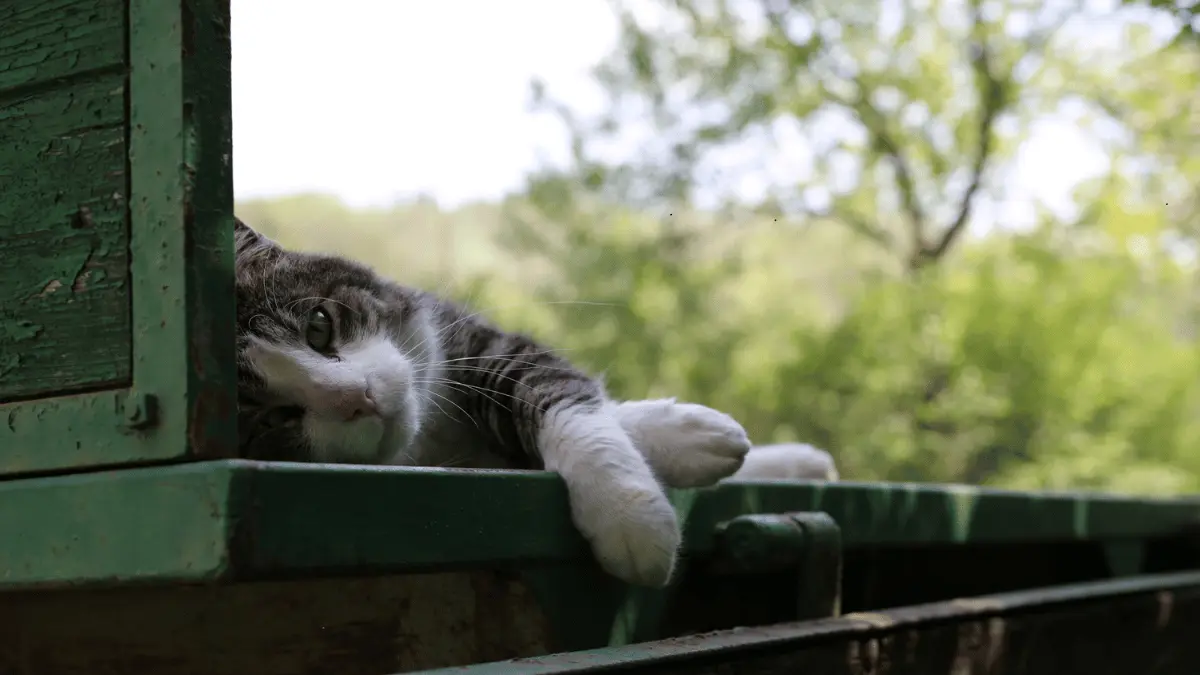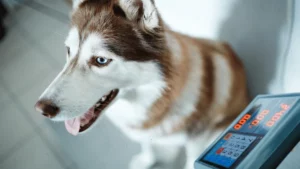Worms in Cats – Information and Prevention
If you notice your cat looking scruffy, weak, and pot-bellied, the culprit could be worms. Worms make cats look “out of sorts” and also weakens their immune systems which can make them more prone to illness and disease. You might notice your cat acting lethargic and losing weight and if you do, it’s time to get him to the vet so he can be tested for worms.
Because of their curiosity and their desire to try out new and unfamiliar things, kittens are usually the ones which can contract worms. Most of the worms in cats are found in the soil or they can be contracted by eating fleas or rodents. However, they can also be passed from an infected nursing mother to their kittens.
There are different types of worms that cats can have. They are as follows:
- Roundworms. Probably the most common worms in cats, roundworms look like spaghetti and are usually found inside a cat’s intestines. They grow up to 3 to 5 inches in length and their eggs require a number of weeks to develop. Felines can get these worms by eating mice or rats, and for kittens, through their mother’s milk. These worms could be fatal when they reach a certain number and flow of materials inside the intestines is blocked.
- Tapeworms. These are flat worms and look like ribbons or tapes. The size could vary greatly from an inch to two and a half yards! Tapeworms live inside the small intestine and can be acquired when cats do their grooming ritual. They might accidentally swallow their fleas with tapeworms. Cats can also get these worms by eating rodents. You can disinfect a cat by using medications but possibility of re-infection is high. The good news is, tapeworms hardly cause serious illnesses to your cats. However, it is still best to always clean and disinfect your house and to give your cat a regular bath.
- Hookworms. These worms have teeth that resemble hooks which they use to attach themselves to the cat’s intestinal walls. These are small, about half an inch long and, and thread-like. Because of their very thin nature, they can infect cats by entering the skin. They suck on blood which cuses anemia in extreme cases or diarrhea to cats. It can also be fatal if not treated at an early stage. These worms in cats can also enter human skin and can cause skin disease.
If you think your cat is has worms, it is best to take them to a veterinarian who can diagnose the cat’s conditions properly. This can save your cat from danger and even death.
It is true that prevention is better than cure. Simple things can do a lot in terms of making your cat healthy and worm-free. As much as possible, do not let your cat be exposed to plants and soils. These are usually the main cause of worm infection. Prevent your cat from feeding on birds and rodents. Make your house rodent-free. This will not only make your cat healthy but it is also a hygienic practice for you and your family. Also, do not let your cat mingle with stray cats. You do not know where these cats came from or what they eat. And finally, always groom your cat and give them a bath regularly to prevent fleas and other parasites from infecting your pets.
- Worms in Cats
- how to treat worms in cats
- pictures of worms in cats
- can i get worms from my cat
- how to get rid of worms in cats
- can humans get worms from cats
- worms in cats that look like rice
- how to treat tapeworms in cats
- cat worm medicine














